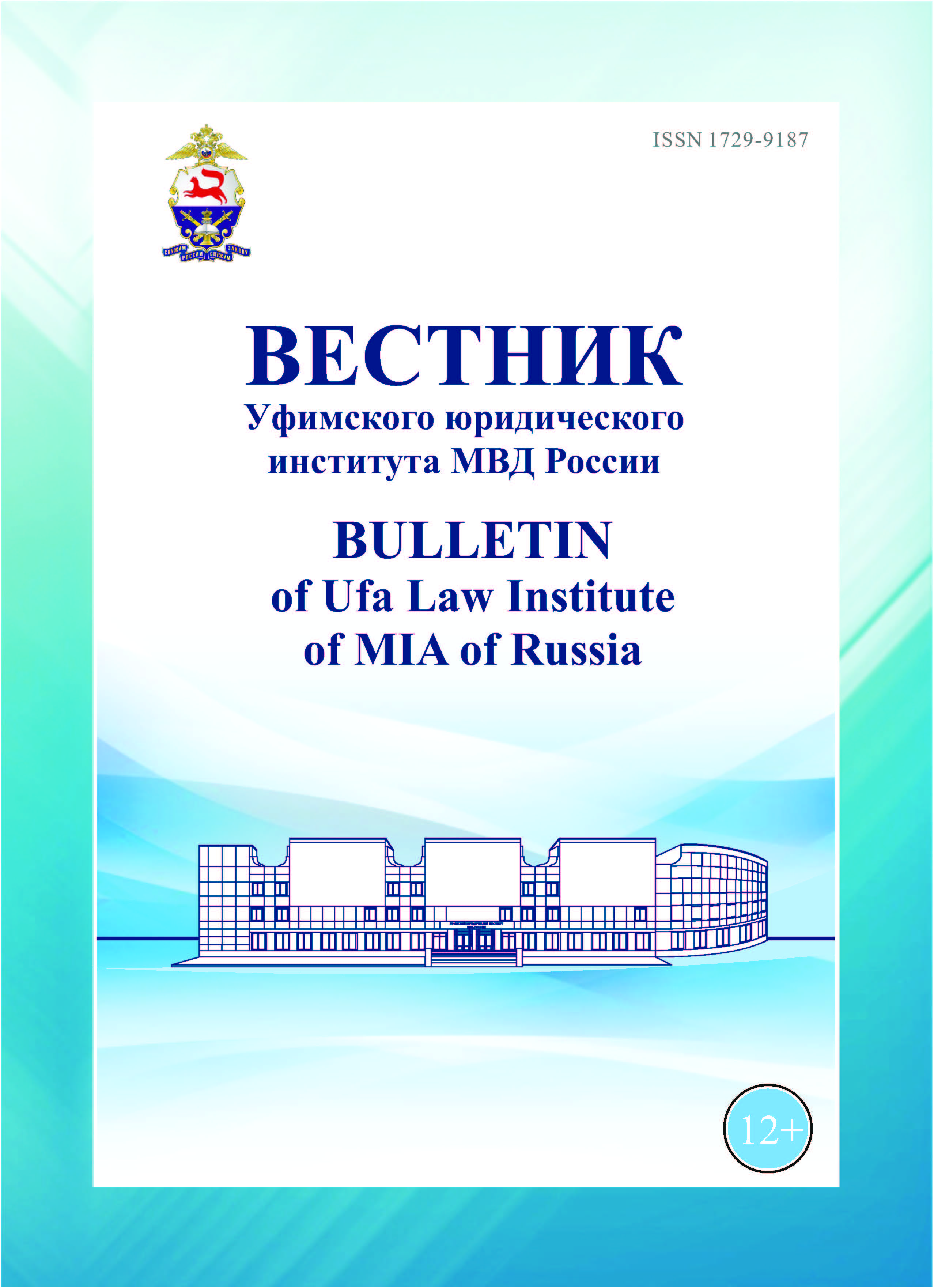UDC 81-114
The article deals with sociolinguistic markers of disruptive speech behaviour in graffiti communication. Graphic street-art objects as socio-cultural phenomenon realize a specific way of interaction between the representatives of different social groups, subcultures and cross-cultural formations. Disruptive communicative-pragmatic strategies are realized in the extremist inscriptions and in the so-called graffiti advertising of drugs and psychotropic substances, which are stencilled or otherwise spray-painted on urban infrastructure objects. The authors conclude that the linguistic competence of internal affairs officers is directly related to the identification of sociolinguistic markers used by graffiti-writers in order to prevent wrongful acts and solve crimes that have already been committed. Prompt detection and elimination of agitation and advertising inscriptions with their preliminary fixation for providing evidence and subsequent bringing the offenders to administrative or criminal responsibility is one of the effective ways to combat negative phenomena in the system of graffiti-communication.
sociolinguistic markers, graffiti-communication, linguistic competence, speech behavior, disruptive content, graffiti advertising, drug slang, extremist discourse, nationalism, ethnic stereotypes
1. Posidelova V. V., Shalkov D. Yu. Modern communicative technologies: impact and influence strategies: theoretical and practical manual. Rostov-on-Don: Publishing house of the Rostov Law Institute of the Ministry of Internal Affairs of Russia, 2023. 128 p. (In Russ.)
2. Cultural code of vandalism: the experience of cross-cultural research: monograph / M. R. Babikova, O. A. Blinova, I. V. Vorobyova [et al.]; sci. eds. I. V. Vorobyova, O. V. Kruzhkova. Yekaterinburg: Publishing house of the Ural State Pedagogical University, 2021. 308 p. (In Russ.)
3. Kolmakova V. V., Shalkov D. Yu. Linguo-communicative competence of internal affairs officers in the sphere of countering the spread of narcotic substances // Actual problems of linguistics and formation of linguistic competence of lawyers in modern conditions: collection of materials of the International scientificpractical conference / ed. by V. V. Posidelova, N. G. Keleberda. Rostov-on-Don: Publishing house of the Rostov Law Institute of the Ministry of Internal Affairs of Russia, 2022. P. 127-137. (In Russ.)
4. Chernichkina E. K., Luneva O. V. Pseudocommunication vs quasi-communication // Vestnik RUDN. Series “Linguistics”. 2016. V. 20. No 2. P. 77-90. (In Russ.)
5. Gasanov I. B. National stereotypes and “enemy image”. Moscow: Russian Academy of Management, 1994. 40 p. (In Russ.)
6. Kolmakova V., Shalkov D. Psychohermeneutics of graffiti: External and internal loci of control // E3S Web of Conferences. 14th International Scientific and Practical Conference on State and Prospects for the Development of Agribusiness, INTERAGROMASH 2021. Rostov-on-Don, 2021. V. 273. P. 11021.
7. Kolmakova V. V., Shalkov D. Yu. Coping strategies of graphic street-art objects as a representation of coping behaviour of a linguistic identity // Media technologies in the changing world: trends, problems, expectations: proceedings/ editorial board: E. N. Ezhova (ed.) [at al.]. Stavropol: Publishing house of the North Caucasian Federal University, 2020. P. 55-62. (In Russ.)









